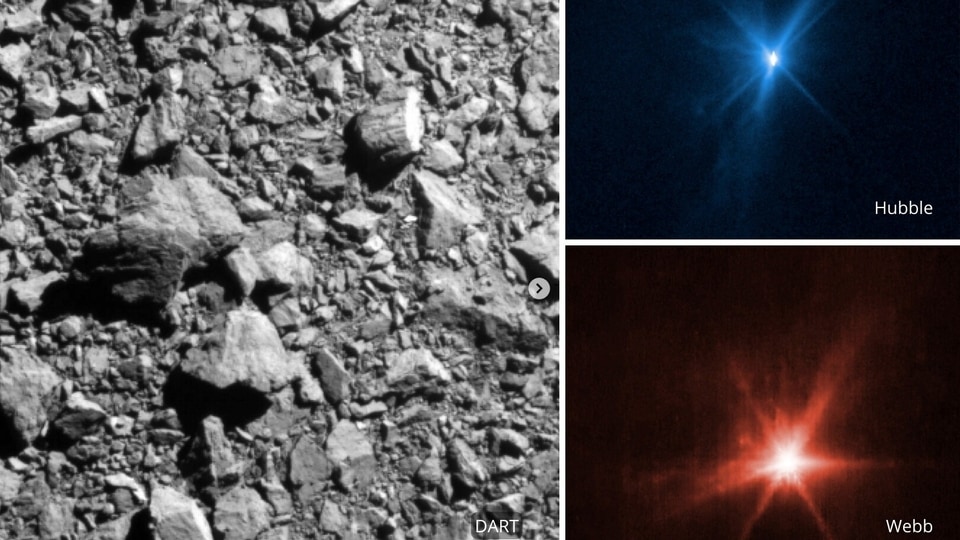NASA shares asteroid strike images
NASA has shared the spectacular images from the spacecraft's crash on an asteroid impact during the DART mission.
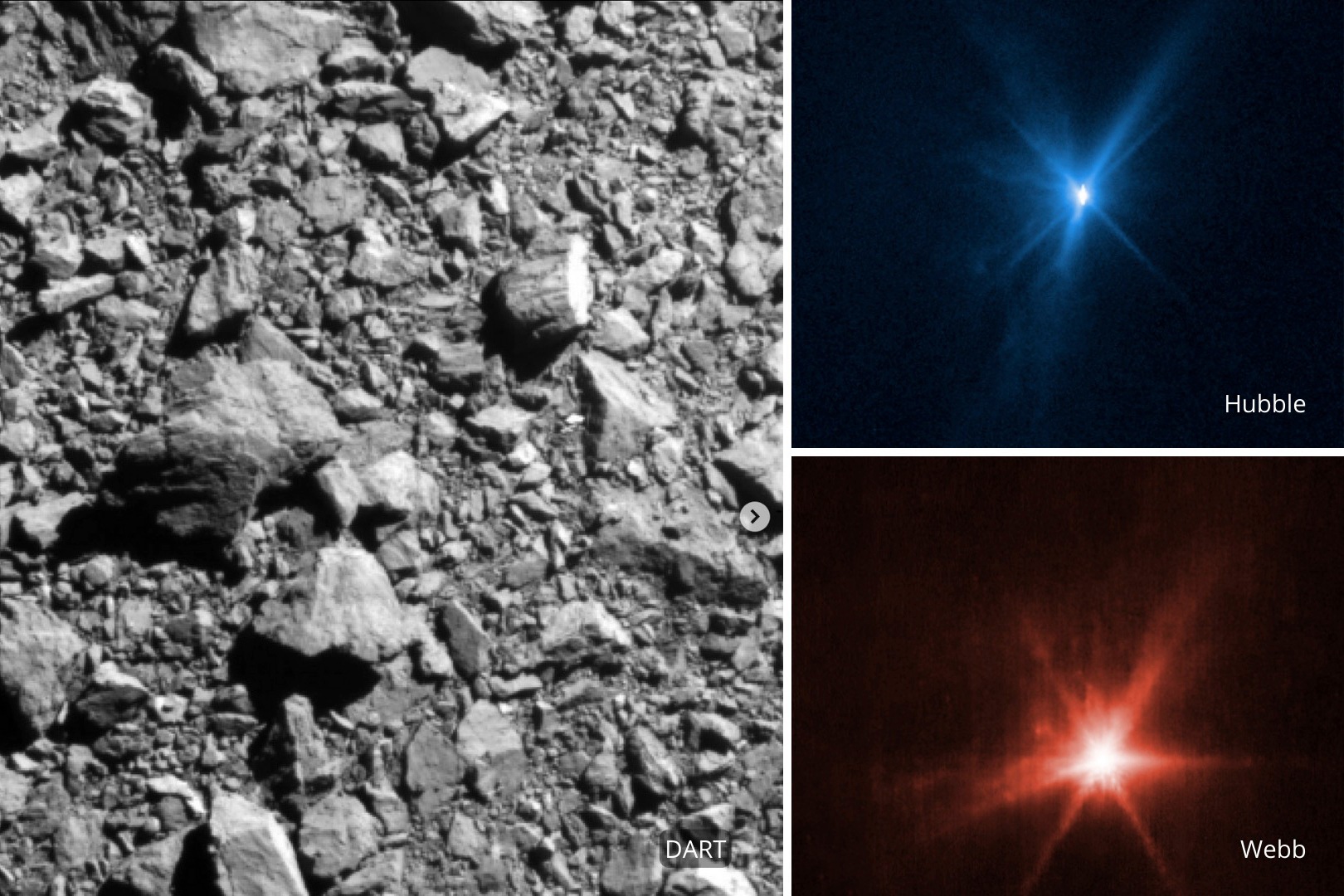
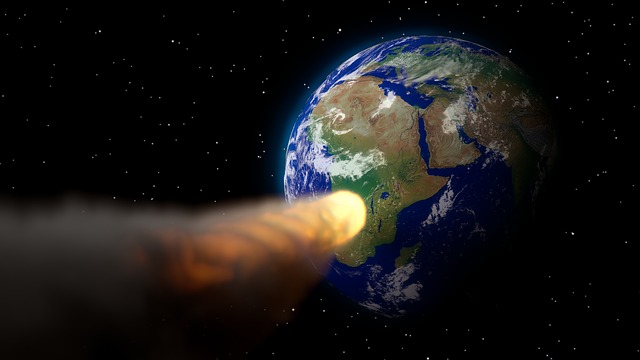

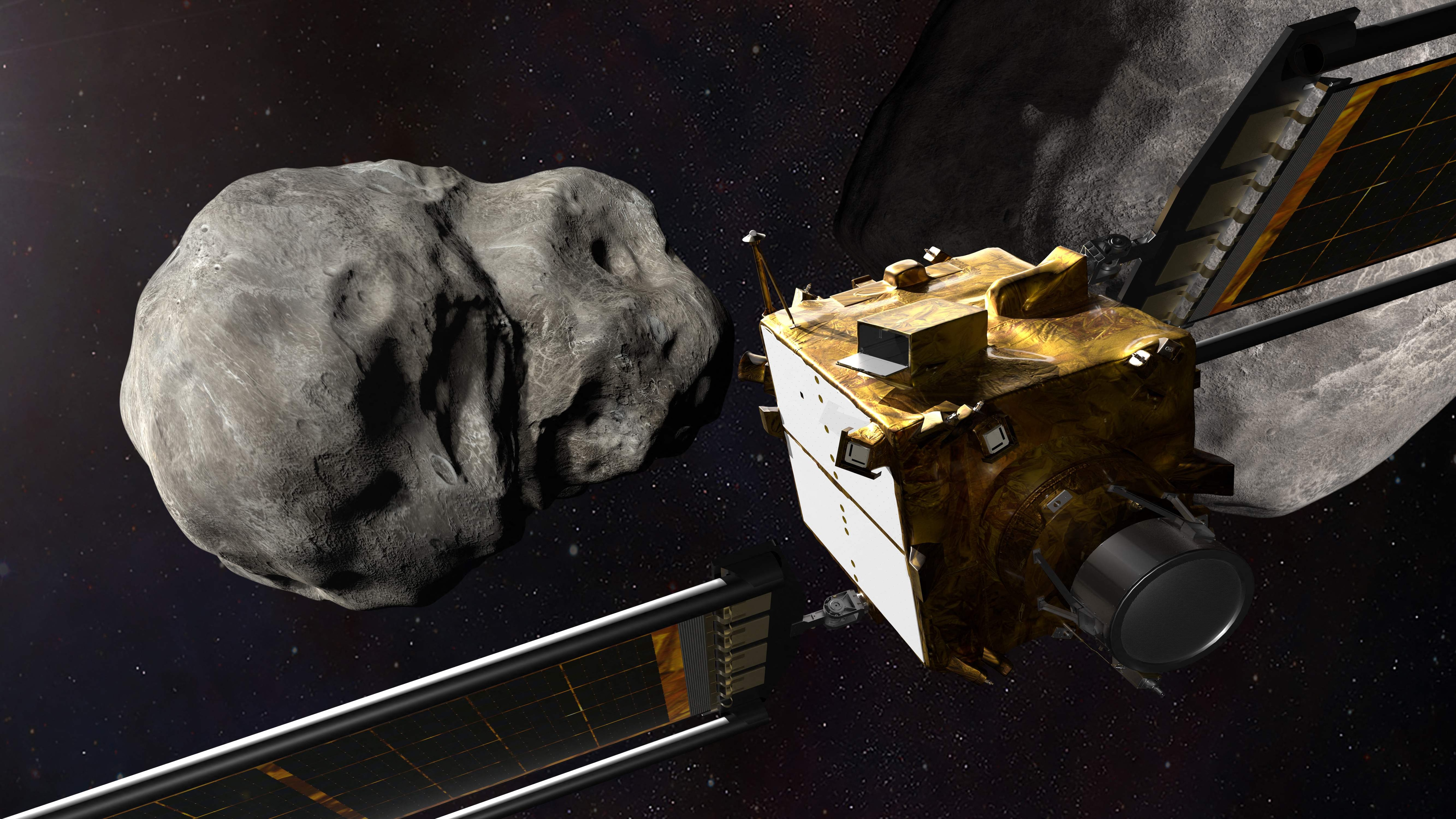
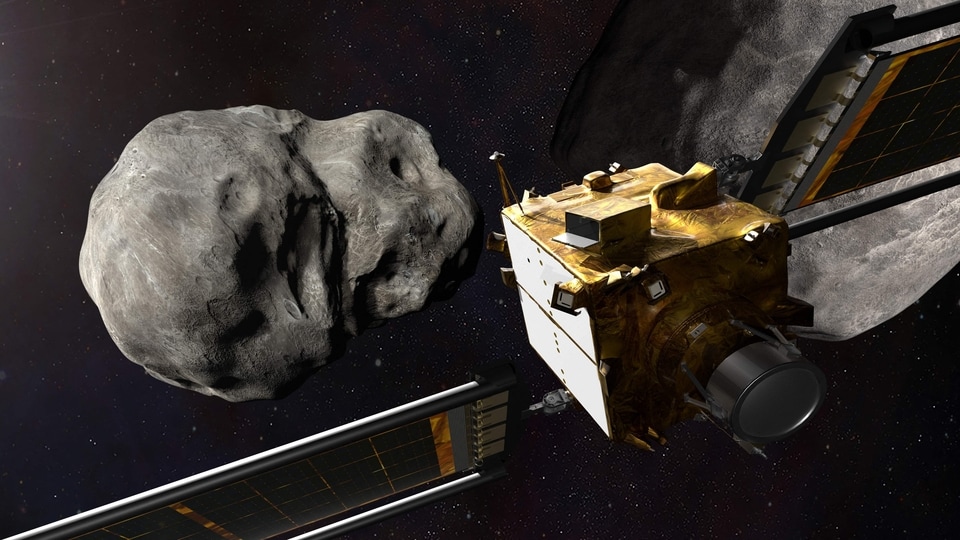
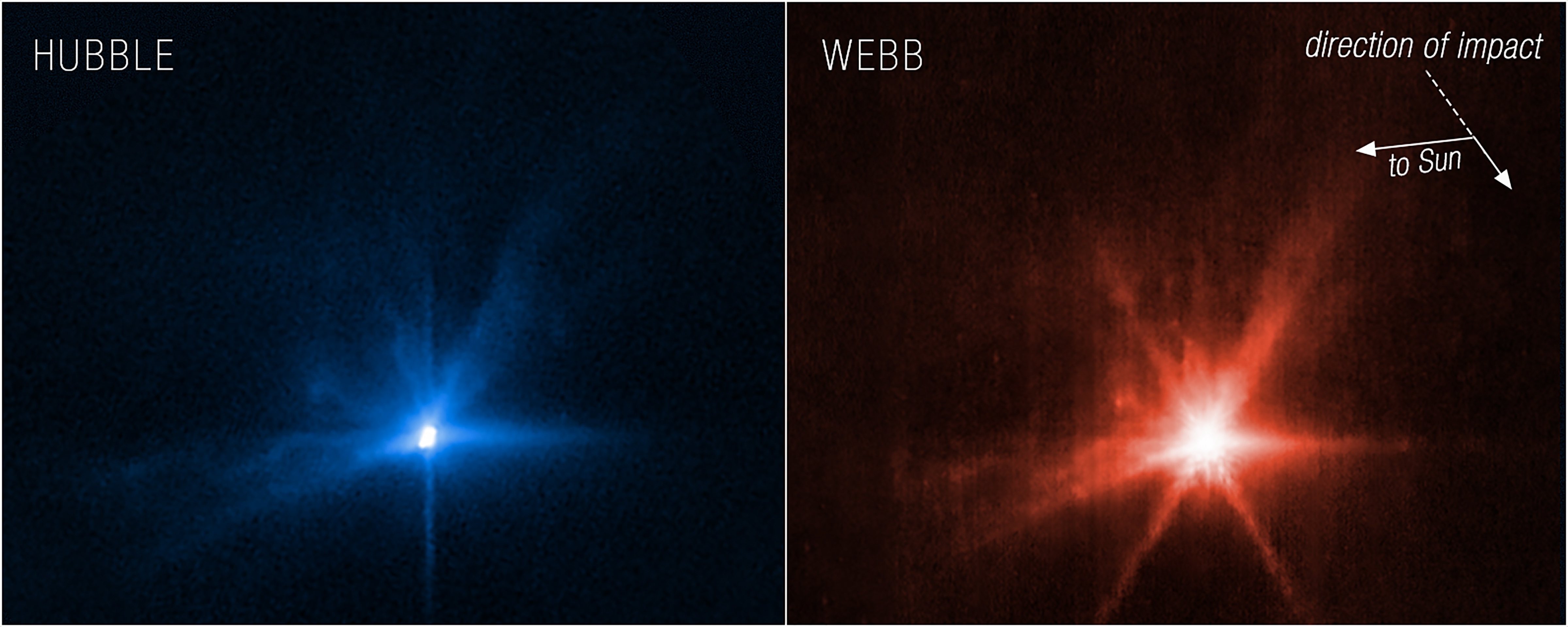

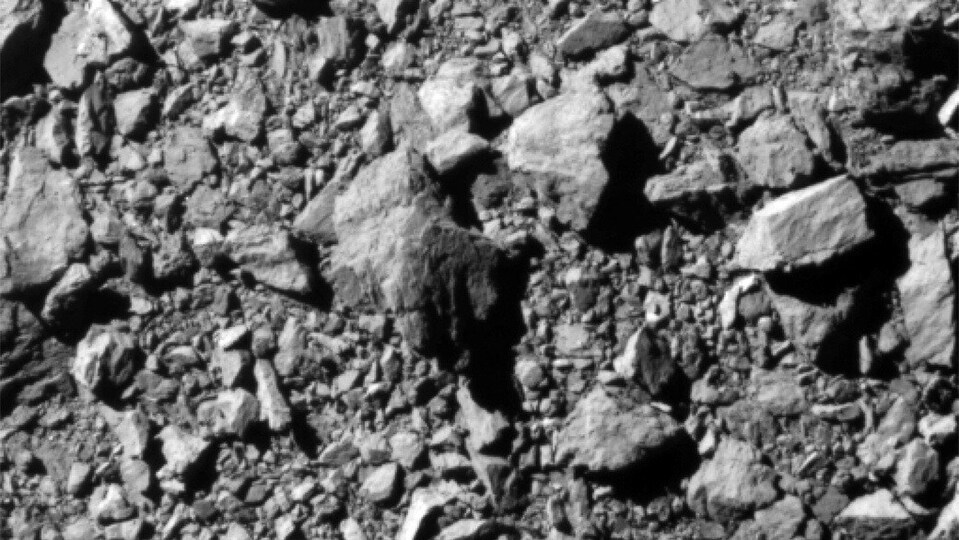

_1664474838769.jpeg)
_1664474838769.jpeg)
First Published Date: 30 Sep, 21:52 IST
NEXT ARTICLE BEGINS


